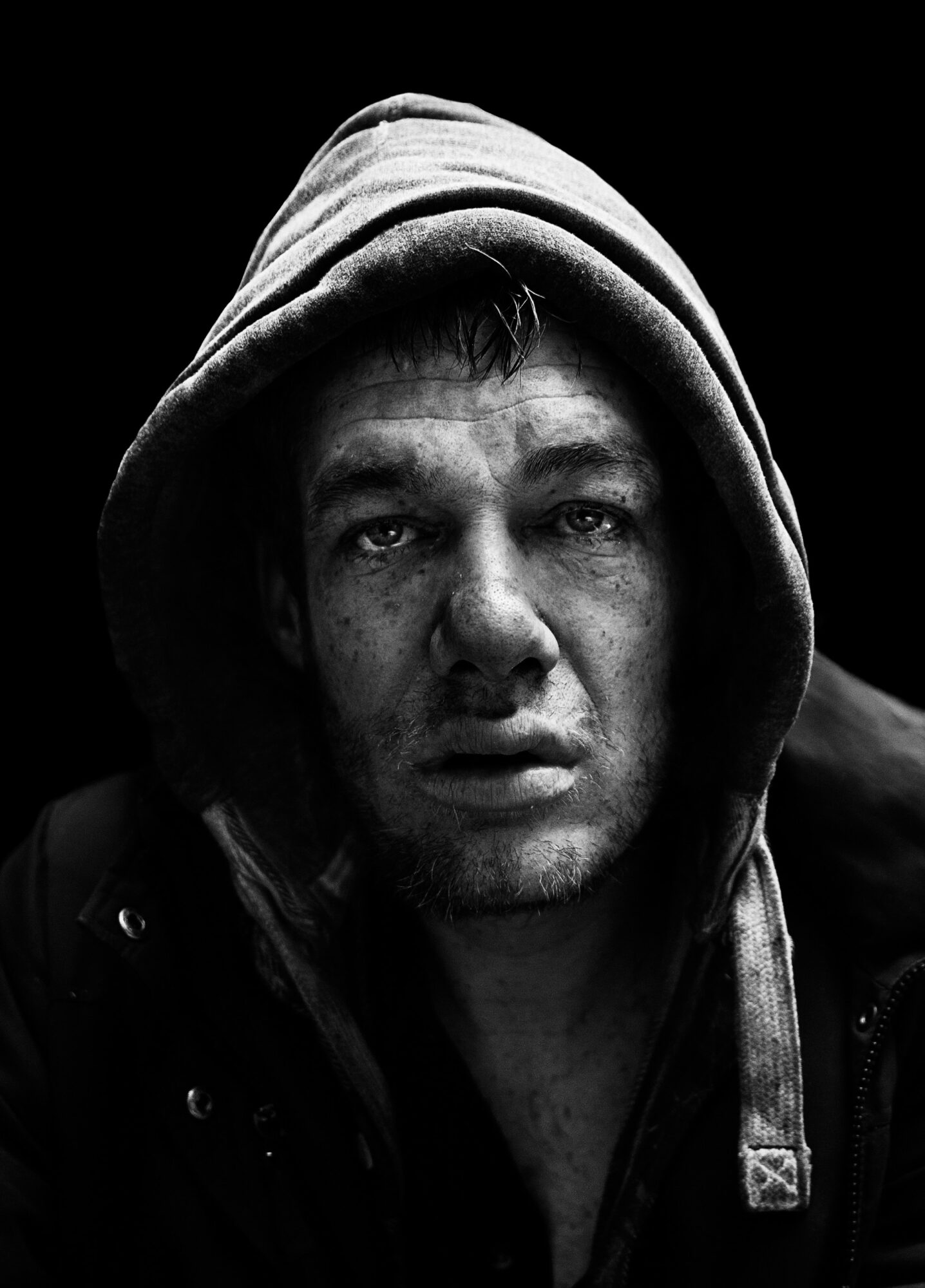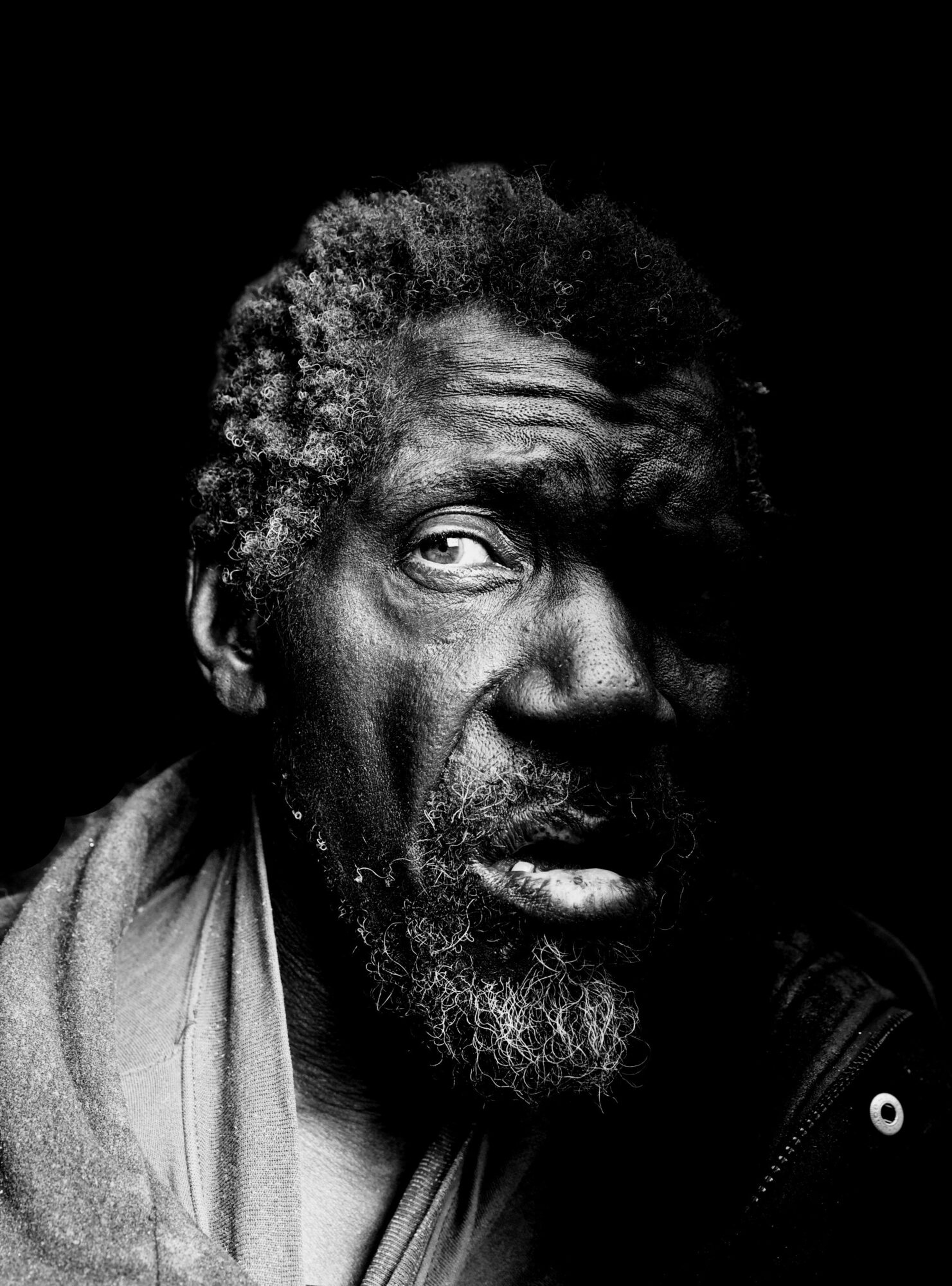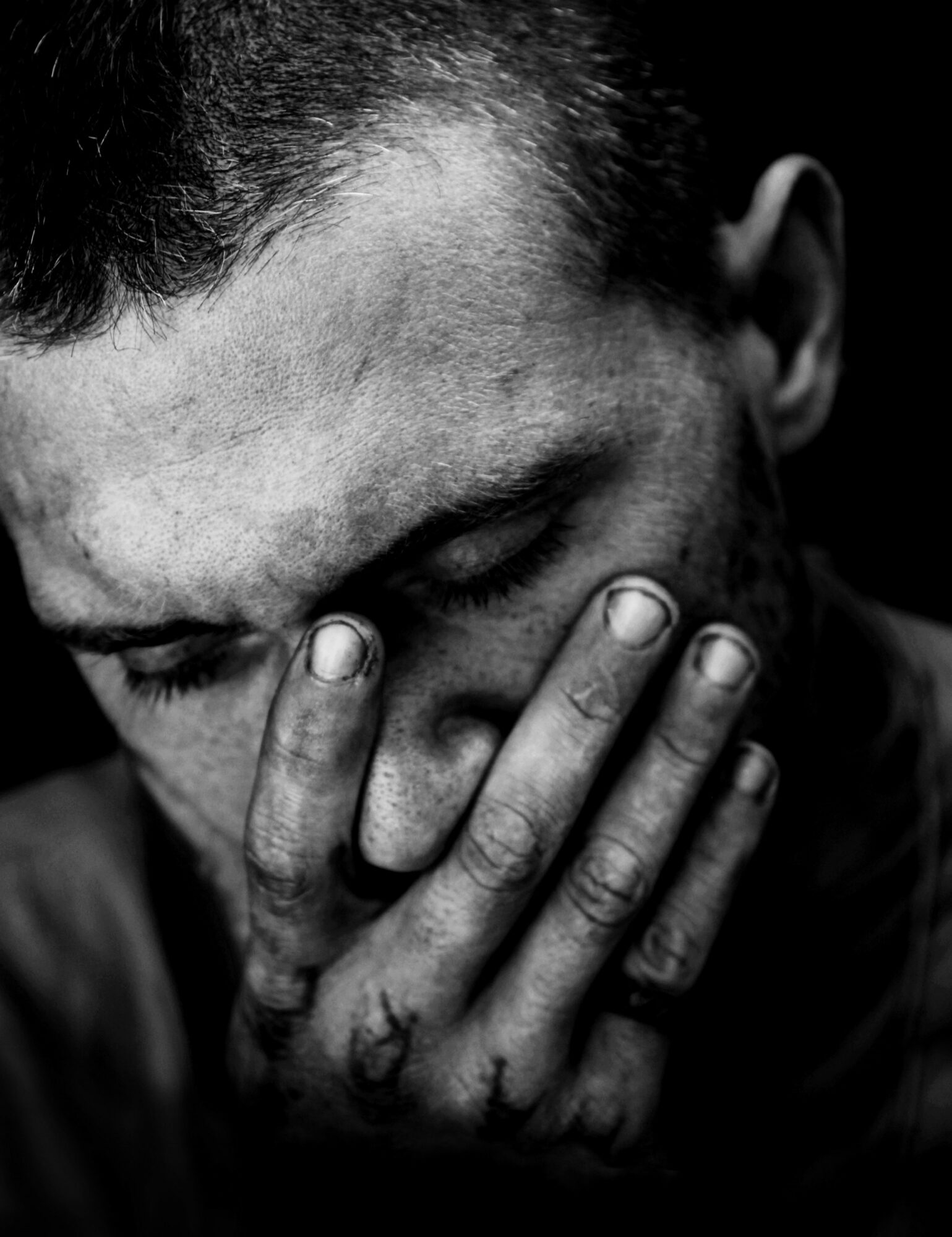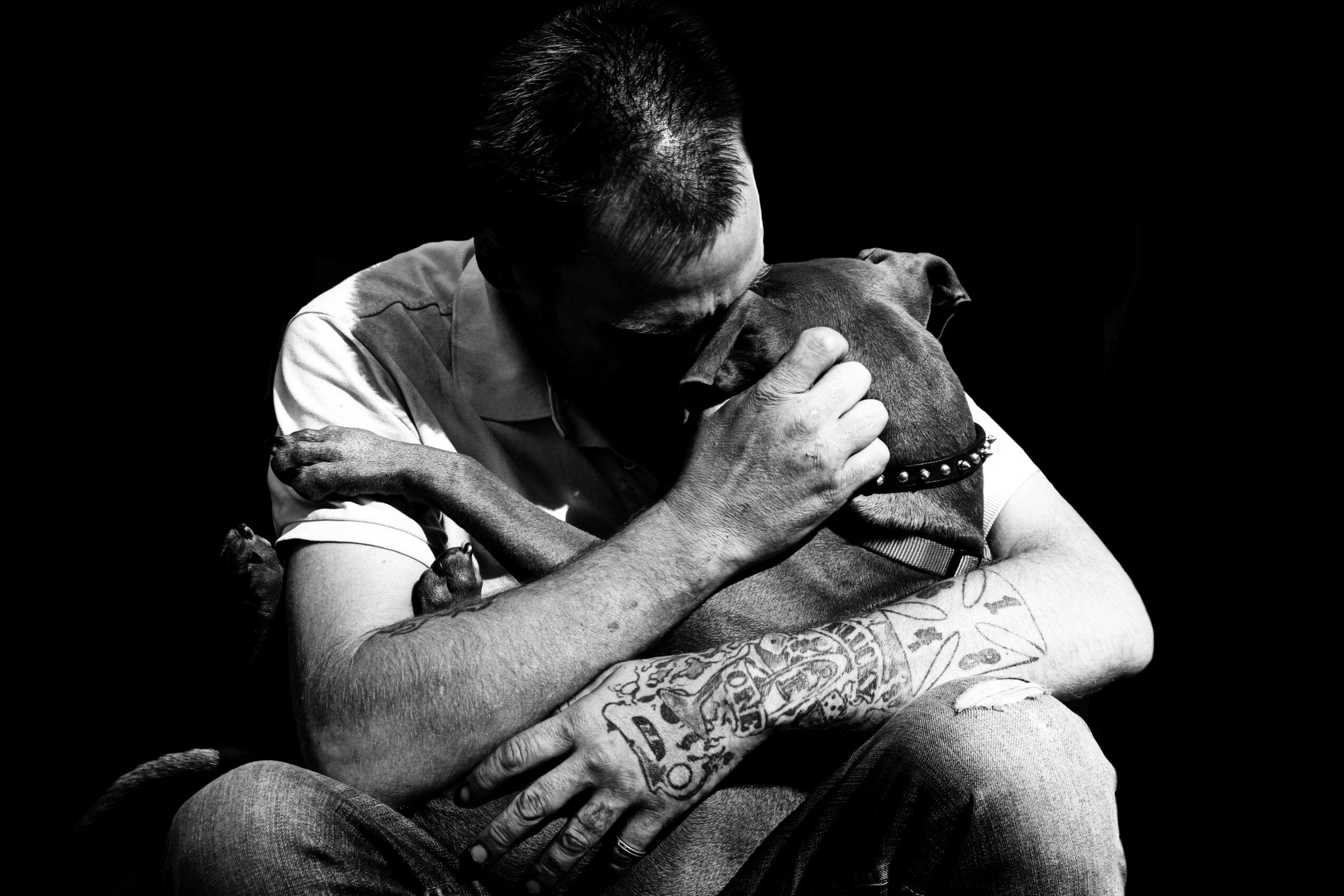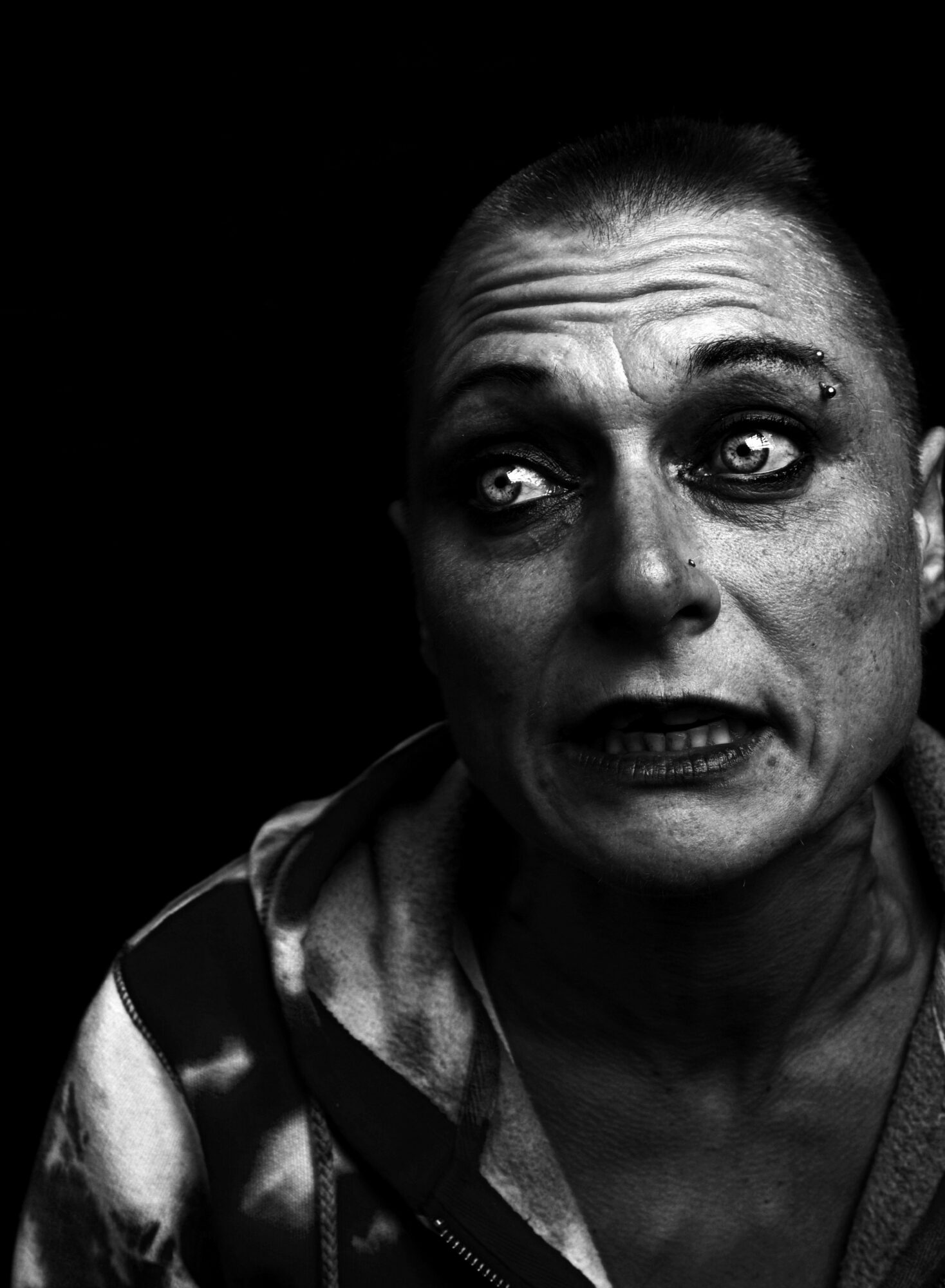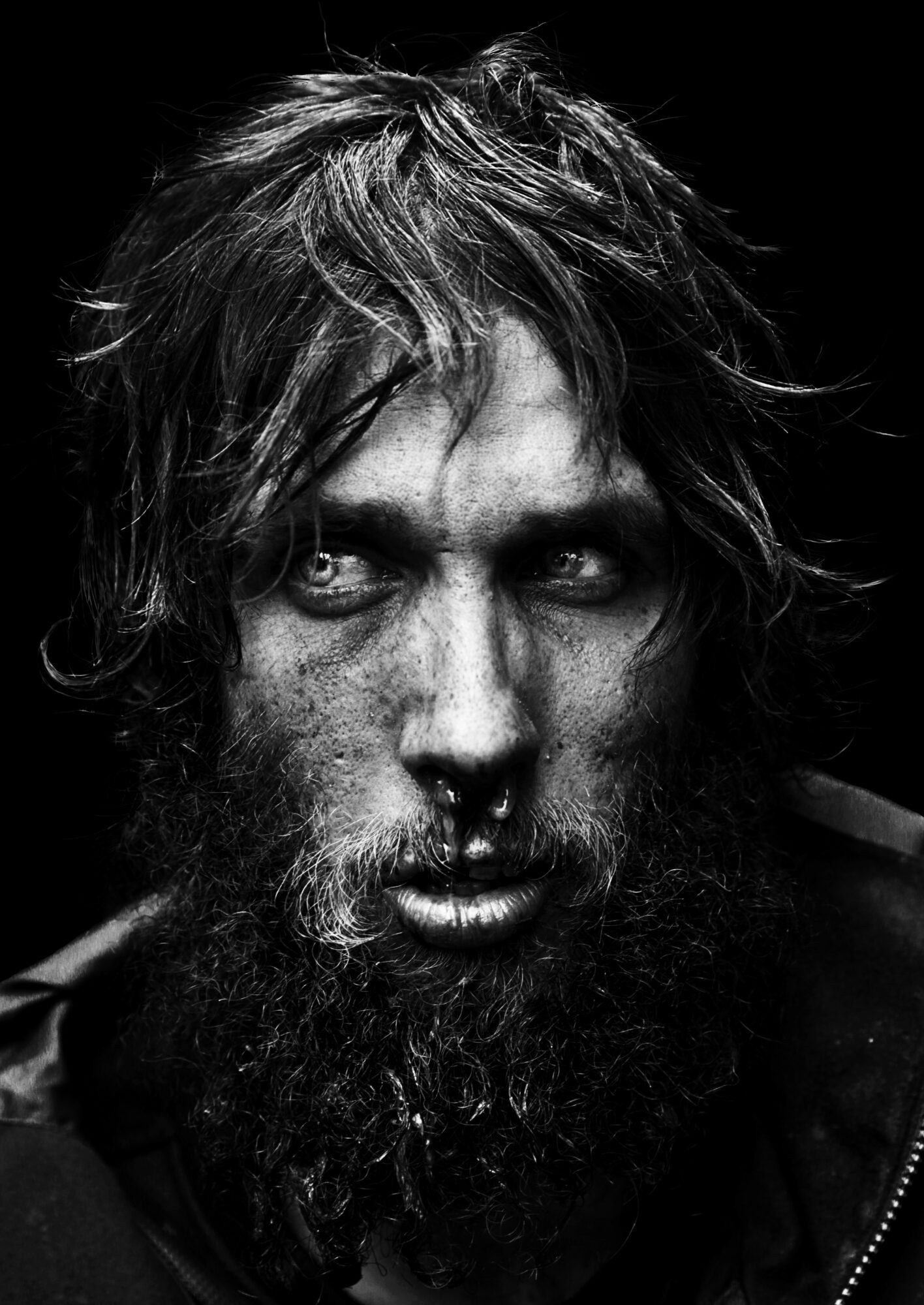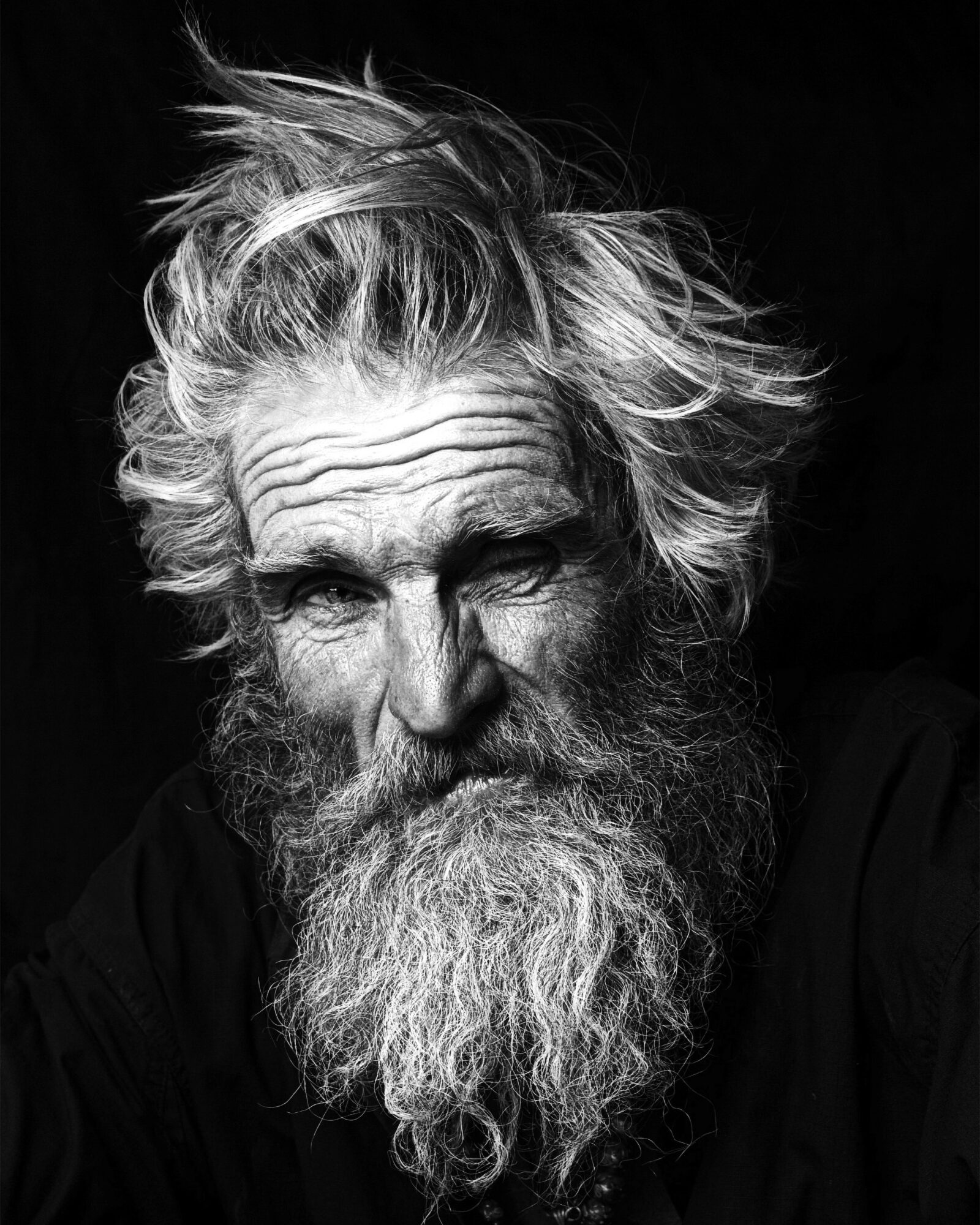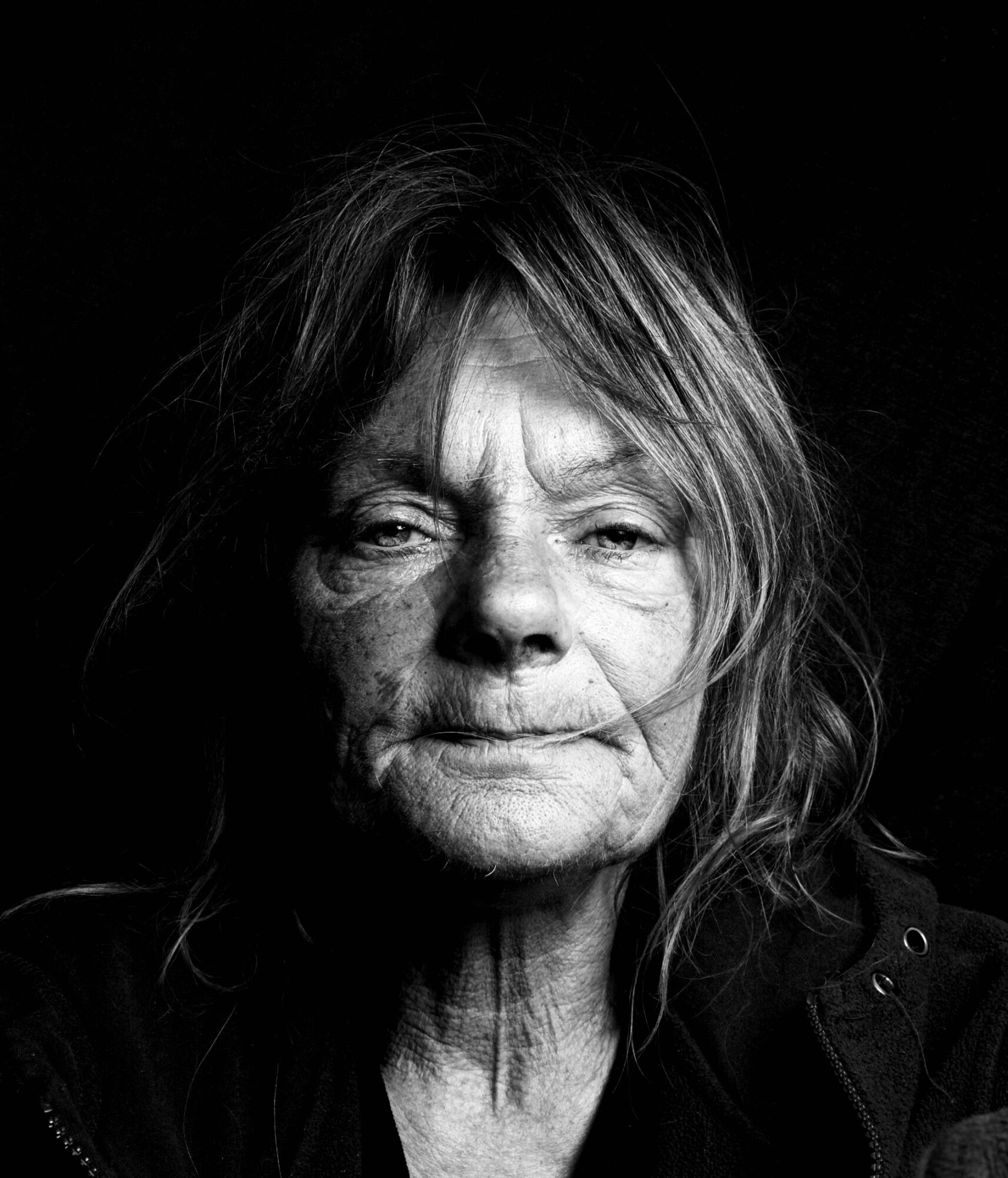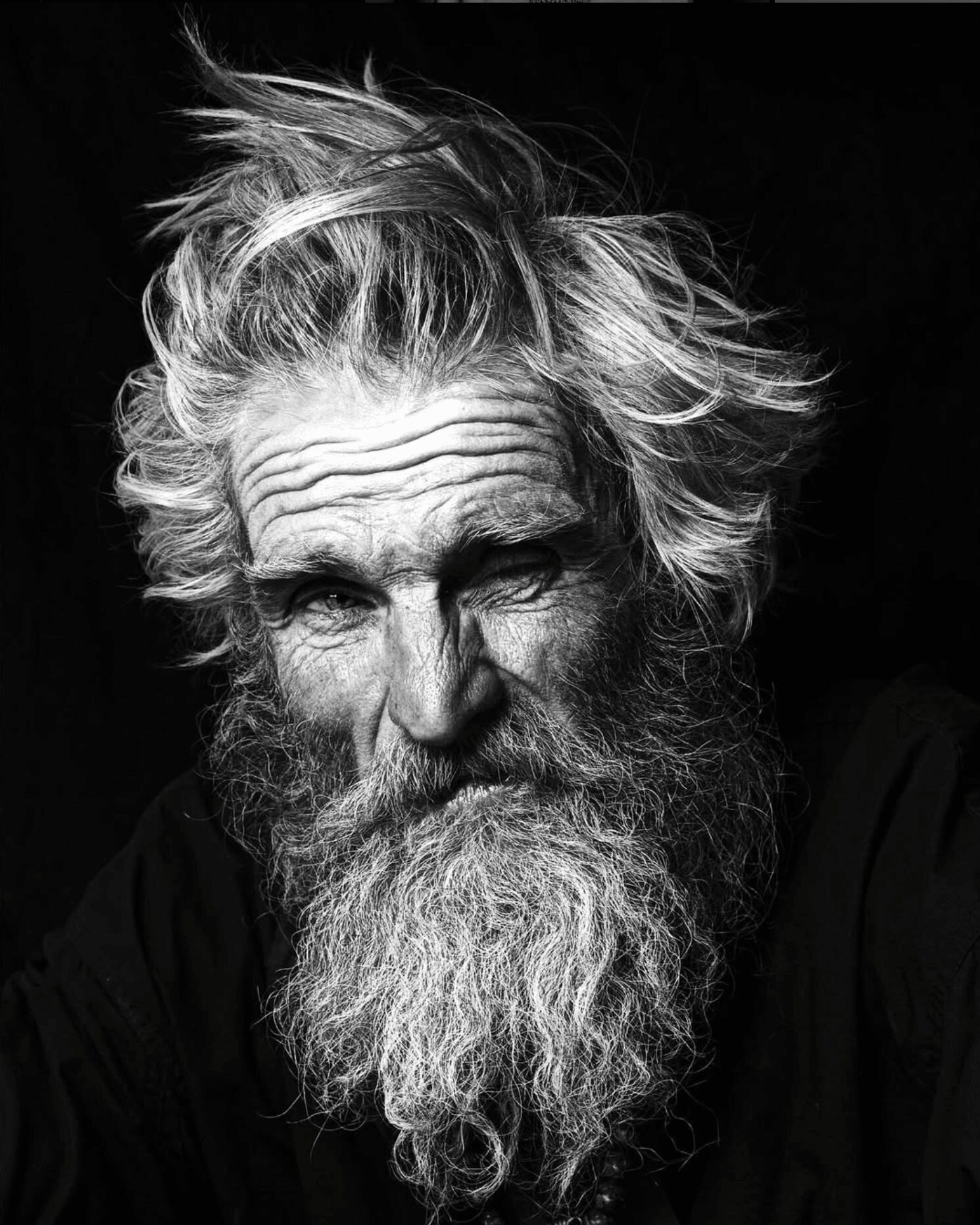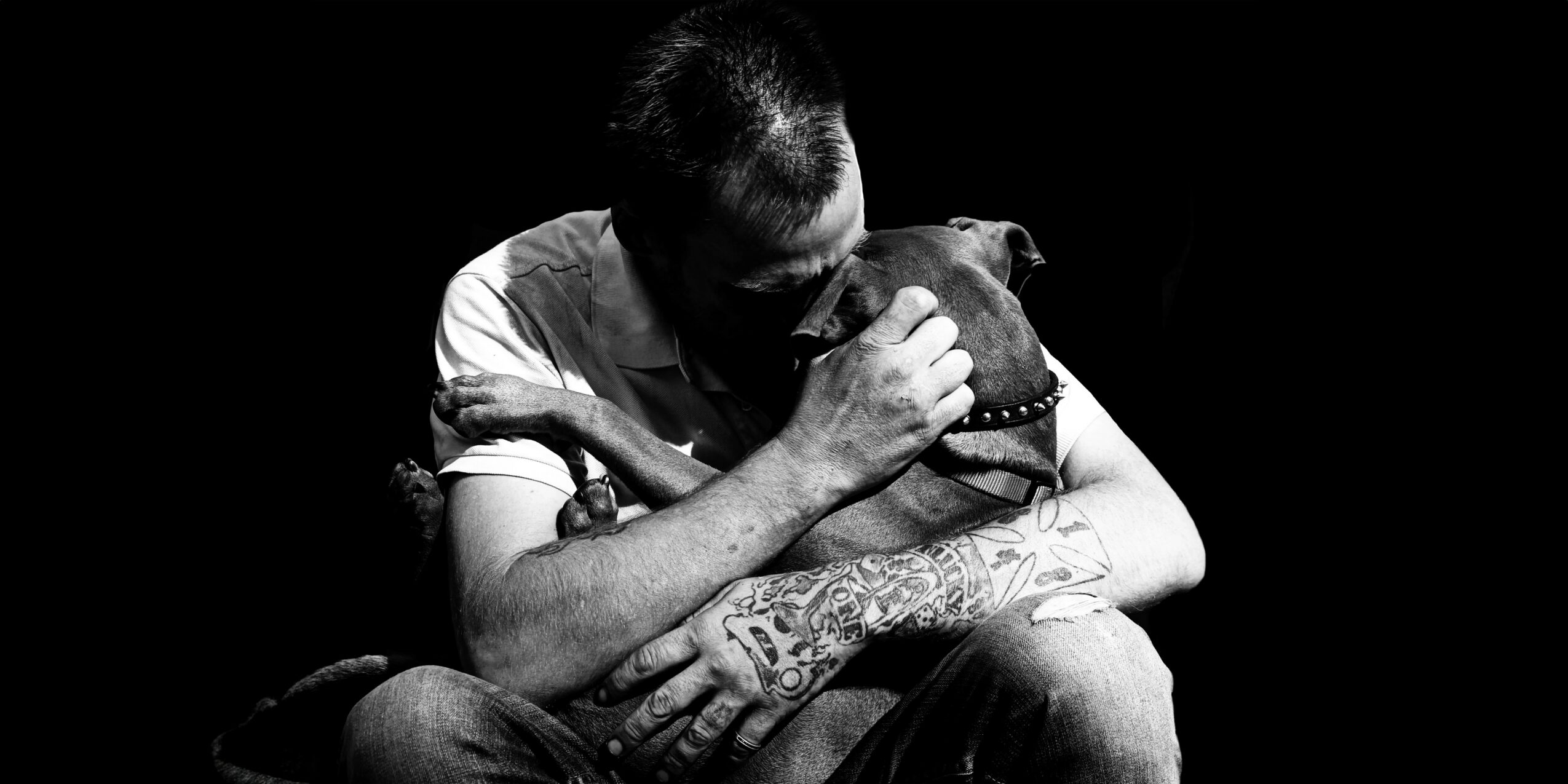

Today we’d like to introduce you to Leah Den Bok
Hi Leah, it’s an honor to have you on the platform. Thanks for taking the time to share your story with us – to start maybe you can share some of your backstory with our readers?
My journey into photography began when I was twelve years old. After saving up money from my paper route, I bought a used camera from a pawn shop. From that moment, I was hooked—photographing everything and anything. As I grew, my passion focused on portraits, encouraged by my mentor, Joel Sartore, a National Geographic photographer, who recognized my strength in capturing people.
In my early teens, I began photographing senior citizens at a local nursing home in Collingwood, Ontario. Though this project had to end due to practical challenges like requiring permissions from families, it taught me the importance of documenting human stories. Around this time, my father introduced me to the work of Lee Jeffries, a British photographer known for his portraits of people experiencing homelessness. His ability to capture raw emotion through expressions and gestures struck a chord with me, and I became inspired to explore the issue of homelessness through my own lens.
At my father’s encouragement, I took my first trip to Toronto to photograph people experiencing homelessness. Initially hesitant, I quickly realized how much the experience opened my eyes to the reality of homelessness and the systemic challenges faced by these individuals. That first trip laid the foundation for my lifelong project, Humanizing the Homeless. Since 2015, I’ve dedicated myself to this work, documenting not only the faces but also the stories of those experiencing homelessness. These stories are essential to understanding how people end up on the streets and dismantling the stereotypes surrounding them.
Over the years, Humanizing the Homeless has grown into a book series, Nowhere to Call Home—Photographs and Stories of People Experiencing Homelessness. I donate 100% of the profits to shelters and organizations that support the homeless. This project has taken me to major cities like Toronto, New York, and Los Angeles, as well as international stages, including ARTWALK New York, the Women of the World Festival in Brisbane, and She Talks in Ontario. My work has also been featured by major outlets like the BBC, CBS, and Vogue Italia.
In addition to my photography, I’ve collaborated with other advocates to amplify this mission. In 2023, I partnered with Willie Baronet of We Are All Homeless and the Dallas Street Choir to host an exhibit at Southern Methodist University’s Jordan Gallery. This collaboration united different artistic approaches to raise awareness. Willie and I are set to partner again for another exhibit in January 2025 at the First United Methodist Church in Dallas.
Through this journey, I’ve been fortunate to receive recognition for my work, including awards like the BMFA Murray Clerkson Award, the Josko Rosenwirth Scholarship from Sheridan College, and a Kirkus Star for my book series. However, what drives me most is the connections I’ve made with the people I photograph and the stories they’ve shared.
Today, I continue to use photography as a tool for advocacy and empathy, aiming to raise awareness, inspire action, and foster a deeper understanding of homelessness. My journey has been one of discovery, growth, and purpose, and I’m committed to creating work that shines a light on the humanity and resilience of those often overlooked.
Would you say it’s been a smooth road, and if not what are some of the biggest challenges you’ve faced along the way?
It hasn’t been a smooth road, and I’ve faced several challenges along the way. One of the biggest struggles has been dealing with judgment and misconceptions about my project. People often assume that I’m exploiting individuals experiencing homelessness or using the project for personal gain, which couldn’t be further from the truth. My goal has always been to raise awareness, share their stories, and help those in need. To back that up, I donate 100% of the profits to shelters and organizations that support people experiencing homelessness. Yet, overcoming these preconceived notions has been an ongoing challenge.
Another difficulty lies in the emotional toll of the work. This project is deeply personal and often heavy—it requires hearing stories of immense hardship and capturing raw, vulnerable moments. There are times when the sheer gravity of it feels overwhelming. However, what keeps me going are the messages I receive from people around the world who’ve been touched by the project. Many share how they now see individuals experiencing homelessness differently, recognizing their humanity and wanting to help. Knowing that my work can shift perspectives and inspire action makes the challenges worth it.
Can you tell our readers more about what you do and what you think sets you apart from others?
I’m a photographer specializing in portraiture, known for my project Humanizing the Homeless. Through my work, I aim to capture the raw humanity of people experiencing homelessness, sharing their stories and portraits to foster empathy, break stereotypes, and raise awareness about this pervasive issue. My project is unique because it pairs striking visual storytelling with personal narratives, giving a voice to those who are often overlooked. Since 2015, I’ve dedicated myself to this mission, donating 100% of the profits from my books and exhibitions to shelters and organizations that help the homeless.
What sets me apart from others is the deeply personal inspiration behind my work. My mother, Sara den Bok, was found wandering the streets of Kolkata, India, as a young child, injured and bleeding. A compassionate police officer brought her to Mother Teresa’s orphanage, where she was cared for until she was adopted at the age of five and brought to Stayner, Ontario. Without Mother Teresa’s life-changing dedication to helping the vulnerable, I wouldn’t be here today. Her story is the heart of my project, and her experience has instilled in me a profound sense of gratitude and a responsibility to give back.
Mother Teresa’s quote, “If we judge people, we have no time to love them,” is the guiding principle of my work. It reminds me to approach every individual with compassion, regardless of their circumstances. The emotional toll of this work is undeniable—hearing stories of immense hardship and capturing raw, vulnerable moments can be heavy. But what keeps me going are the messages I receive from people around the world who’ve been touched by my project. Many tell me they now see individuals experiencing homelessness in a different light, recognizing their humanity and wanting to help. Knowing my work can shift perspectives and inspire action is what I’m most proud of and what drives me forward every day.
Ultimately, my goal is to create meaningful change—not just through the awareness my photographs bring but also through the tangible support provided to shelters and organizations. By combining art, advocacy, and compassion, I hope to continue making a lasting impact in the fight against homelessness.
Can you talk to us a bit about happiness and what makes you happy?
What makes me happy is knowing that my project, Humanizing the Homeless, is making a tangible impact on people’s lives. For those experiencing homelessness, I hope that through the moments we share during photography and interviews, they feel seen, valued, and respected. It brings me immense satisfaction to create a space, even if briefly, where they can experience peace and feel their worth in a world that often overlooks them. Showing them their importance and highlighting the systemic unfairness that contributes to their situation is one of the most meaningful aspects of my work.
It also makes me happy to see how my photographs and stories shift people’s perspectives. I love hearing from individuals who’ve seen my work and now view homelessness with more compassion and understanding, wanting to take action instead of looking away. Knowing that my project can inspire empathy and encourage society to work toward ending homelessness fills me with pride.
I’m also deeply fulfilled by the awareness and advocacy my project spreads through public speaking engagements, exhibitions, and book sales. Seeing Humanizing the Homeless grow into a platform that raises significant funds for shelters and organizations while educating and inspiring communities is incredibly rewarding. Whether it’s through the money raised or the lives changed, knowing my project is creating an impact—both directly and indirectly—brings me joy and motivates me to keep going.
Pricing:
- Nowhere to Call Home: Photographs and Stories of People Experiencing Homelessness, Volume One $40
- Nowhere to Call Home: Photographs and Stories of People Experiencing Homelessness, Volume Two $40
- Nowhere to Call Home: Photographs and Stories of People Experiencing Homelessness, Volume Three $40
- Nowhere to Call Home: Photographs and Stories of People Experiencing Homelessness, Volume Four $40
Contact Info:
- Website: https://www.humanizingthehomeless.org
- Instagram: https://www.instagram.com/humanizing_the_homeless/
- Facebook: https://www.facebook.com/humanizingthehomelessofficial/
- Twitter: https://twitter.com/LeahDenbok
- Youtube: https://www.youtube.com/channel/UCf9yW_zAZgXhEz2djZ0GdEw
